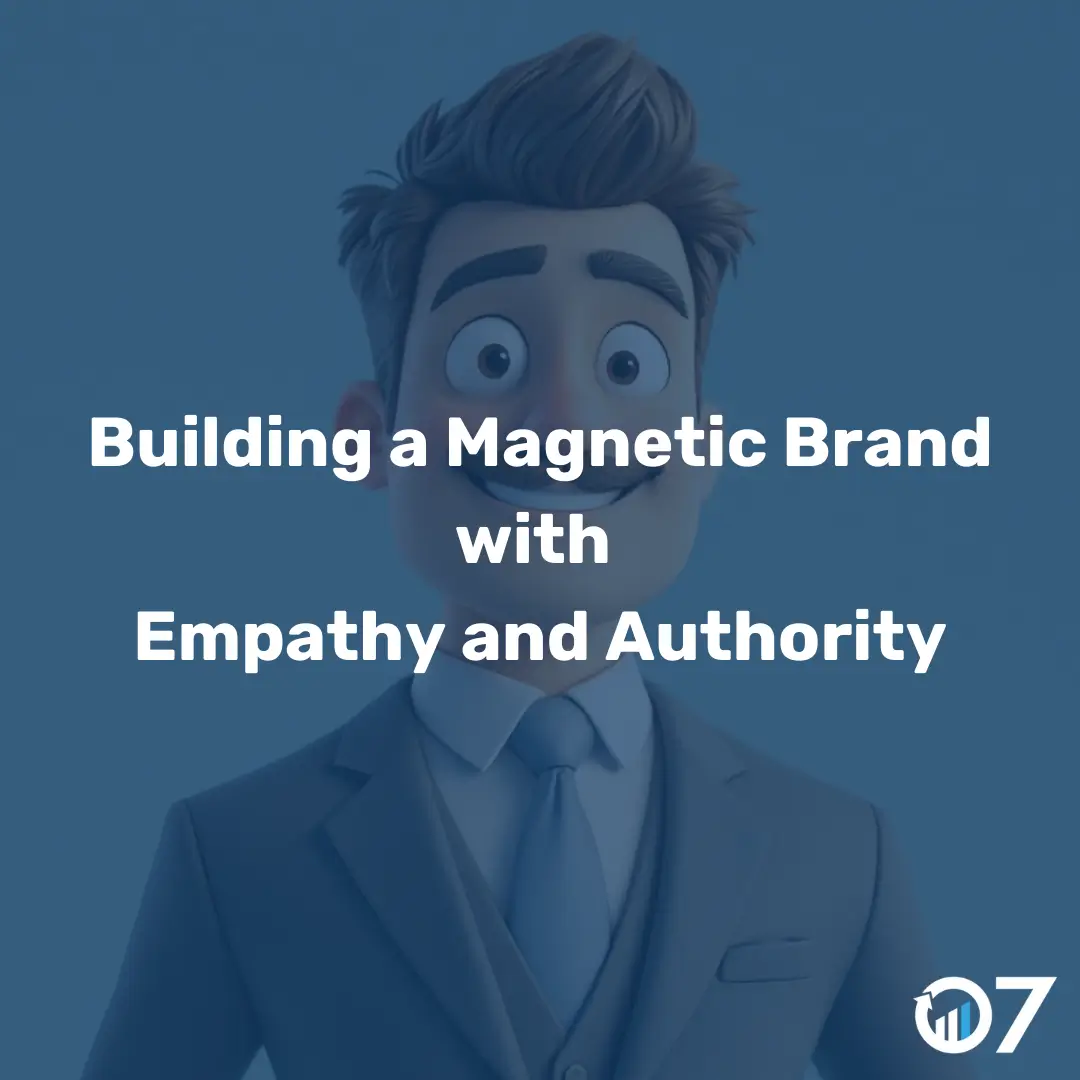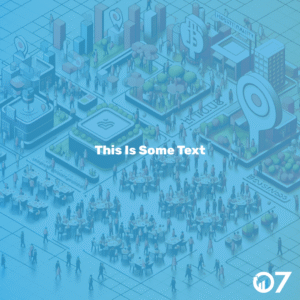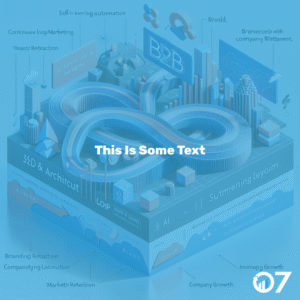Building a magnetic brand starts with understanding the power of empathy and authority. It’s not just about telling a story; it’s about telling the right story.
Welcome to Creator Columns, where we bring expert voices to the blogs that inspire and help you grow better.
People often talk about the power of “story” in marketing. The best marketers and brands are the ones telling the best stories. However, many brands are telling the wrong story, and it’s costing them millions.
Whose Story Are You Telling?
Every story has four characters: the Hero, the Victim, the Villain, and the Guide. Understanding these roles is a game-changer for anyone looking to build a personal brand that connects with people. How you show up in your marketing shapes how your audience feels about you.
The most successful marketers don’t try to be the hero of their stories. They step into the role of the guide. This small but powerful shift builds trust, shows you’ve got the goods, and makes your audience want to stick around.
The Four Characters in Every Story
The Hero
The Hero is the main character. They’re the ones taking on challenges, figuring things out, and striving for transformation. We think of heroes as being strong. In reality, heroes in stories are actually weak. They doubt themselves. They make mistakes. They don’t know if they have what it takes. They don’t actually become heroes until the end of the story.
In your business, your customers are the heroes. They’re the ones on the journey, looking for answers to their problems. They are the ones who are struggling. If you position yourself as the hero of your story, you are actually positioning yourself as weak.
The Victim
The victim is stuck, powerless, and unsure how to move forward. While we can empathise with victims, they don’t inspire action. If your personal brand positions itself as a victim, it will come across as weak or unreliable. Not the kind of person people turn to for help. There are real victims in this world, and you may even be a victim from time to time, but never play the victim in your branding. It makes people feel sorry for you, but it doesn’t make them trust you.
The Villain
The villain causes the hero’s struggles. They’re selfish, dismissive, and all about their own gain. Nobody wants to work with a villain. And yet, some brands unintentionally take on this role by being pushy, manipulative, or putting profits over people. In stories that we love, villains never win.
The Guide
The Guide is the helper. They’re wise, empathetic, and laser-focused on helping the hero succeed. Think Yoda from Star Wars or Haymitch from The Hunger Games. The guide isn’t the star, but they’re essential. They’ve been where the hero is, and know exactly how to help them win.
In fact, guides are actually the strongest characters in stories. They are the ones who have already won the day and don’t need to prove anything. This is the role your personal brand should play.
Why Your Personal Brand Should be the Guide
Being the guide means stepping out of the spotlight and letting your customer shine. It’s not about you; it’s about them. Even within your marketing. This approach creates connection and trust because it shows you understand their struggles and you know how to help.
Take Apple’s marketing, for example. Their products are undeniably cool, but their messaging always puts the customer first. They don’t shout, “Look at us; we’re amazing.” Instead, they show how you can create, connect, and thrive using their tools. Apple is the guide, handing you the lightsaber so you can conquer your galaxy.
Or, look at Nike. Their slogan, “Just Do It,” isn’t about them. It’s a rallying cry for you to push through challenges and go for it. Nike’s role? They’re the trusted partner helping you get there.
How to Step Into the Guide’s Role in Building a Magnetic Brand
The way that a guide shows up in a story is with empathy and expertise. They matter because they know the hero’s struggle, and already know how to conquer that challenge.
Think about Haymitch in The Hunger Games. He has empathy for Katniss because he was in the Hunger Games, but he also won, so he brings expertise to the table. If the guide doesn’t have these two qualities, they don’t belong in the story.
This is also true with your personal brand — and your customers can sense it.
If I go to a gym and say to a trainer, “I want to get in shape”, and they say “Me too,” they are not my guide. They’re demonstrating empathy, but I’m not looking for a friend. I’m looking for someone to help me succeed.
If I say the same thing to another trainer and they pull up their shirt to reveal a six pack and say, “Just have some discipline and work harder. It’s easy.” They are not my Guide, either. They may have authority, but they lack empathy.
If I say to a third trainer and say I want to get in shape and that trainer says, “I get it. Getting in shape is hard, especially with being so busy. I used to not feel great physically, but I’ve developed a tried and true way to get in shape and feel better physically, while still occasionally eating ice cream.” I just found my trainer.
You need to have both empathy and expertise to be the guide in your customer’s story.
How do you do that?
Lead with empathy.
Empathy is the secret sauce of trust. Start by letting your audience know you get it — you understand their challenges and what they’re up against. Speak their language and show you’re here to help.
Example: Instead of saying, “I’m an award-winning career coach,” try, “I know how exhausting it is to send out job applications and hear crickets. That’s why I’m here to help you land the job you deserve.”
How to do it:
- Start by naming their struggles and then talk about how you understand them.
- Talk about ways you were like them before you found a way forward.
- Speak to feelings like frustration, overwhelm, anxiety, or fear.
- Your messaging should always reflect what your audience cares about. Ditch the jargon and focus on their goals, frustrations, and dreams.
- Always lead with empathy. The old adage is true, “If they don’t know how much you care, they won’t care how much you know.”
Show you know your stuff.
Empathy is great, but people also want to know you’re the real deal. Don’t just tell them you’re an expert — prove it with results. Give a clear demonstration of your proven expertise.
Example: Share transformation stories. For instance, if you’re a business consultant, talk about how you helped a company boost revenue.
How to do it:
- Share before-and-after case studies.
- Show real numbers and data to back up your expertise.
- Create content that teaches your audience something valuable.
- On your website, show awards, certifications, media spotlights, statistics, or logos of big companies you’ve helped.
The only time you should ever talk about yourself in your marketing is when you want to show empathy for your customer’s problem, and evidence of your expertise to show you can solve their problem.
That’s it.
Anything else just positions you as the hero of the story. Your customer may be impressed by you, but they are looking for a guide, not another hero.
It’s About Them, Not You When Building a Magnetic Brand
Building a personal brand that’s all about being the guide isn’t just a smart marketing move — it’s a way to genuinely connect with people. It’s about saying, “I see you, I understand what you’re going through, and I’m here to help.” The specific way you do that is by offering empathy and showing expertise.
So, here’s the big question: Are you positioning yourself as the hero, or are you stepping up as the guide? Stop trying to tell your story and invite your customers into a story where they get to be the hero. Because when they win, you win.
For more insights on building a magnetic brand, visit our blog or contact us via email at info@07hm.co.uk or telephone 01702 410663.





